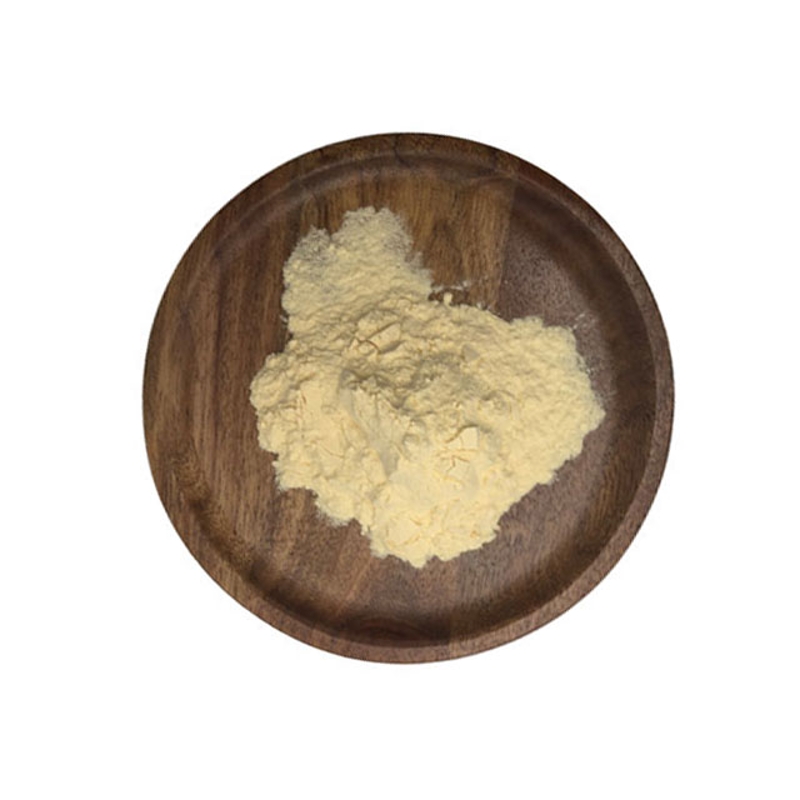Nature journal: finding potential therapeutic targets of malignant liver cancer in children
-
Last Update: 2018-06-13
-
Source: Internet
-
Author: User
Search more information of high quality chemicals, good prices and reliable suppliers, visit
www.echemi.com
June 13, 2018 / Biovalley BIOON / - hepatoblastoma (HBL) is a kind of malignant pediatric liver cancer that occurs before the age of 3 in children A common phenomenon in liver cancer is the decrease of tumor suppressor proteins (TSPS) Photo source: communications biology, but in a recent study published in the nature sub journal communications biology, researchers found that the level of TSPS in aggressive and resistant HBLs increased Generally speaking, the TSP level of patients with classic phenotype of HBL will decrease, but the TSP level of patients with invasive HBL will increase These TSPS have undergone post transcriptional modification, resulting in the disappearance of their anti cancer activity In this study, the researchers found that the special invasive liver cancer domains (alcds) in patients with aggressive HBL can be activated by PARP1 mediated chromosome remodeling process, resulting in the increased expression of modified TSPS and the activation of additional cancer signaling pathways: Wnt signaling pathway and beta catenin However, inhibition of PARP1 can inhibit the activation of alcds and restore the expression of corresponding genes to normal, thus reducing cell proliferation This study suggests that PARP1 activation is a mechanism of the development of aggressive HBL, and further suggests that FDA approved PARP1 inhibitors may be used to treat patients with aggressive HBL Reference: Leila valanejad et al, PARP1 activation increases expression of modified tumor suppressors and pathways underlying development of aggressive heapatoblastoma, communications Biology (2018) Doi: 10.1038/s42003-018-0077-8
This article is an English version of an article which is originally in the Chinese language on echemi.com and is provided for information purposes only.
This website makes no representation or warranty of any kind, either expressed or implied, as to the accuracy, completeness ownership or reliability of
the article or any translations thereof. If you have any concerns or complaints relating to the article, please send an email, providing a detailed
description of the concern or complaint, to
service@echemi.com. A staff member will contact you within 5 working days. Once verified, infringing content
will be removed immediately.







